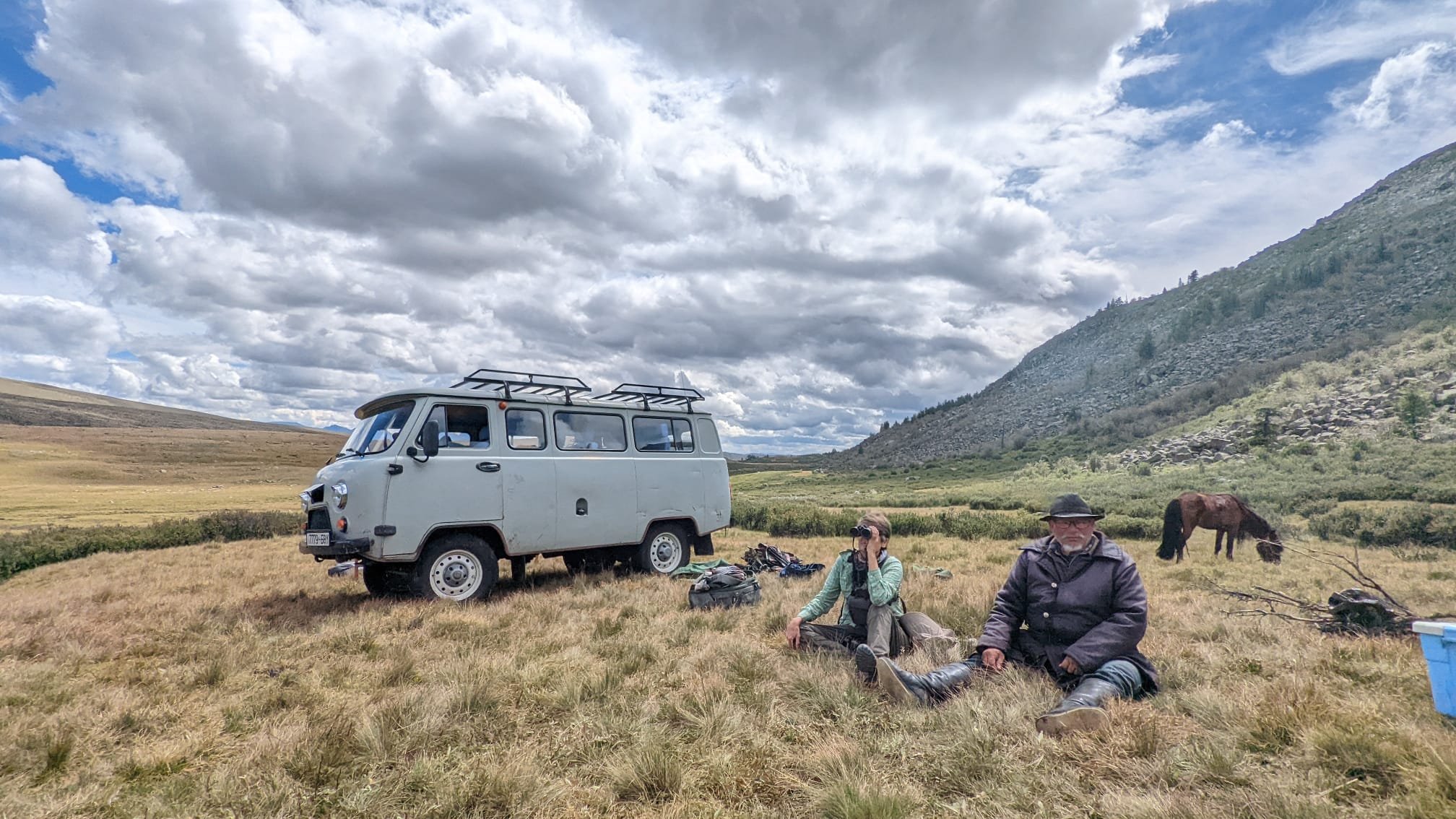The sound design hangar is also incredible as expected from Audio Imperia. You can easily make a licensable trailer track using just sounds from the sound design hangar as your only FX, not even needing any post processing. If you have any Audio Imperia sound design libraries, you know what to expect. Absolutely top notch sounds and fx here, absolutely no complaints.
Bang for your Buck
Overall, Jaeger offers a good value, but I believe it could definitely be improved, and I personally believe there are other packages that offer more for the price. Spitfire’s Albion One ($449), which earned a 9.0/10 score from my review, offers massive percussion, loops, synths, and woodwinds, while another 9.0/10 score went to Berlin Inspire (399 euros, approx $453.42), which offers solo instruments and combined sections. Overall, they still take the cake for me as far as content and value is concerned. While Jaeger does feature great sounding individual instrument sections, offering a level of detail that may not be attainable in the aforementioned libraries, it doesn’t help that the areas where Jaeger seems to be lacking are now going to be sold as additional libraries by Audio Imperia. That’s content that is included in some other packages, that you will now have to pay extra for. For instance: Audio Imperia scrapped their Decimator drums library for Cerberus, and are selling it for 299 dollars, touting it as the epic, percussive companion to Jaeger, as they are recorded in the same space. Basically, I can’t help but shake the feeling some things are missing on purpose with Jaeger. While it offers a lot of great sounding content, and is perfectly useable on it’s own, it’s lacking in quite a few areas that other packages often include. If you buy Jaeger as a first library , and want to truly have epic percussion, you may then feel obligated to buy Cerberus. If you want truly earth shattering low brass and horns that will melt your face off, you’d then invest further in Talos. And if you want woodwinds, be prepared to invest even more into the upcoming woodwind library. Please keep in mind, while I am offering quite a few points of critique, Jaeger is a very good library, but it still feels lacking in some areas, and with the release of so many companion libraries at fairly high prices, it can sometimes feels intentional.
Final Thoughts : a bit of an identity crisis?
Nonetheless, the library was impressively beautiful, which struck me again as a bit odd, but by no means a bad thing. While it was very suitable for modern and epic music, it seemed it could equally perform at the opposite end of the spectrum, able to produce delicate and soft passages of equal measure, sometimes even better, than the more aggressive sounds. While I welcome this decision, it’s here where the lack of woodwinds really hurts it. For soft passages, to me there is nothing quite like the delicate and expressive sound of woodwinds, and they are sorely missed when you bring this library down to its softer dynamics. This library also combines first and second violins into one section, which again seems to highlight a slight lack of vision... this library is impressive, but can’t quite be a jack of all trades, and, on it’s own, it can’t yet succeed at fulfilling the needs of making truly epic music. For instance: those who want something purely for epic music have louder and more bombastic options such as Metropolis Ark 1, and those who want a more traditional library would most certainly favor a library with pre-panned sections, woodwinds, and first and second violins. You also only get legato patches on cello, violins, vocals, and horns, though it sounds absolutely stunning on those that do feature it. I feel this library could have easily ventured into GREAT or EXCELLENT territory if it expanded it’s content to offer woodwinds, and included epic percussion, maybe even louder dynamics on the horns.
Updates!
One thing I felt was missing originally was the ability to load a full ensemble patch. I had saved some custom multis, one featuring every string section and panned accordingly. However, every time I loaded this multi up, the sample start slider was always reset, and I had to adjust the slider for four different instruments every time I loaded up a project, so my shorts played nice and tight. A minor annoyance, but an annoyance nonetheless One of the new features included in the 1.2 updates is the ability to load up full ensemble patches , however, there are no options to individually pan each instrument section, so it’s a bit of a trade off. Personally I use the ensemble patch for shorts but still load individual sections for every other articulation, so I can pan them individually. Nonetheless, it is very nice to have the ensemble patches available for quick loading and sketching.
The feature that most interested me on the list of updates was the decision to include polyphonic legato. I felt this was generally a fairly new and cutting edge feature, implemented in only a handful of libraries I owned, but those that had it were an absolute joy to play and I favored them for their ease of use and effenciancy when writing. Polyphonic legato works differently in Jaeger, splitting each legato voice by velocity. I will quote Tomas from Audio Imperia here:
“For instance, when you enable three velocity splits you’ll be able to play up to 3 different legato voices, with voice 1 being linked to velocity range from 1 to 42, voice 2 from 43 to 84 and voice 3 from 85 to 127.“
While it doesn’t offer the fun factor and ease of use as something like Strezov’s Afflatus, it is an excellent feature and works very well, and I’m quite impressed they managed to include this in the update.
Another very nice feature is the new vibrato slider, which enables you to load one patch and choose between a non vibrato or vibrato playing style.
Overall, the updates are quite substantial (over 10gb), and add some really great features.
All updates are as follows:
Added new legato unison interval samples for all legato instruments. The feature is triggered when the sustain pedal is on.
Added strings non-vibrato samples and the corresponding non-vibrato to vibrato instrument patches.
Added ensemble samples and ensemble instrument patches.
Added velocity based polyphonic legato.
Added lite, super resource-friendly patches.
Added sustain pedal support.
Added Stereo Spread and Reverse parameters on Sound Design engine.
Release samples were denoised and sample starts were adjusted for all instruments.
Loops on sustained instruments now use equal power crossfades.
New percussion engine for percussion instruments.
Huge improvements in release samples behavior.
Release samples are not affected by dynamics after release.
Fixed non-persistent controllers issue.
Individual patches were hugely optimized and now load much faster.
36.2 GB installed (up from just under 25 GB in Version 1.1).
I did notice all patches now load instantly, even before doing any sort of batch resave, which is very nice!
The Verdict - 8.75/10
PROS +
+ Overall impressive sound, especially for the first orchestral offering from the company.
+ Brass is bright and powerful, offering some of the most crisp and punchy short notes I’ve heard.
+Amazing Legato for Violins, Cellos, Horns, and the impeccable Solo Vocal.
+Sound Design elements are second to none.
+1.2 updates are substantial and add quite a bit to the value of the library.
CONS-
-NO WOODWINDS! Even just a full ensemble would go a long way to flesh out this library :(
-Percussion is sorely lacking in ensemble sizes, especially for epic music
-Seems to lack a well defined vision…can’t quite do everything, can’t quite nail one niche.
-Doesn’t offer as much content as some lesser priced packages, feels a bit stripped down on purpose to sell Cerberus and Talos.








































